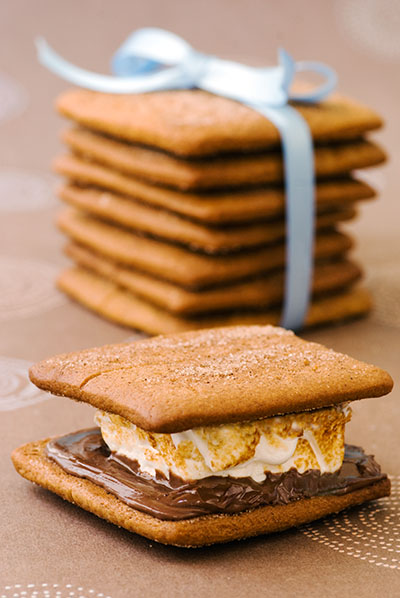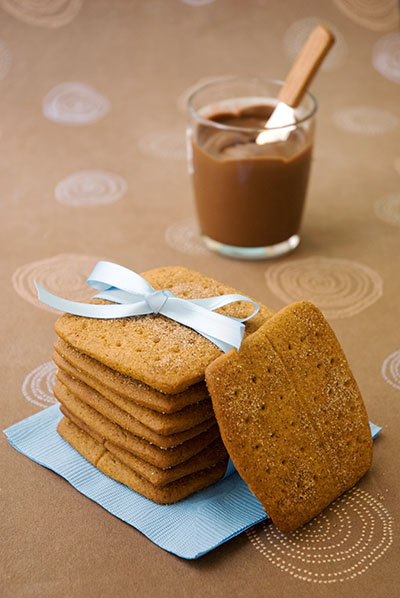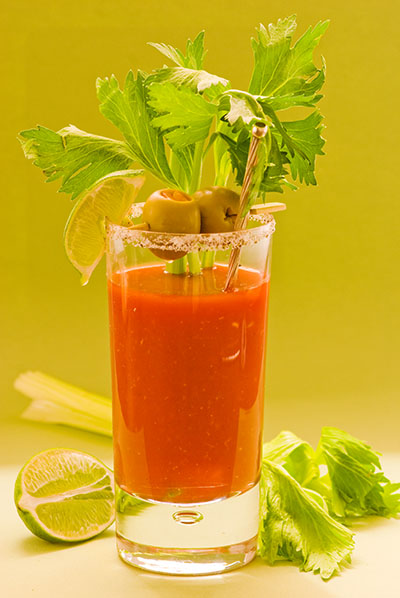 Last time, I swore I would not leave this month’s Daring Baker’s challenge to the last minute. But, here I am on posting day finishing up my lemon meringue pie! Argh! There’s always next month!
Last time, I swore I would not leave this month’s Daring Baker’s challenge to the last minute. But, here I am on posting day finishing up my lemon meringue pie! Argh! There’s always next month!This month’s challenge is hosted by Jen at The Canadian Baker. It’s a classic lemon meringue pie from Wanda’s Pie in the Sky by Wanda Beaver, 2002. In the interest of full disclosure, I am neither a fan of lemon curd nor a fan of meringue so this was not a challenge of the heart but rather a challenge of the head. For me, the interesting part of this recipe was the meringue. The dough was classic and straightforward to make, the curd was a cinch and cooled to a wonderful, firm consistency. But the meringue! I’ve made meringue before so it was not the meringue itself that was a challenge but rather preventing it from shrinking after baking or sweating/weeping and becoming a messy puddle on top of the lemon curd. I didn’t realize this would be so tricky until I read about the experiences other Daring Bakers were having with the recipe on the group’s private blog.
I did a little research on this issue and it appears to be a common lemon meringue pie challenge. There are several ways to address it. Read here for a comprehensive explanation.
1. Make sure sugar is fully dissolved in the meringue (sugar attracts moisture): use superfine sugar which is more easily dissolved and test to make sure its dissolved by feeling meringue between your fingers before you stop whipping
2. Add a cornstarch and water mixture to the meringue after the sugar is incorporated to help stabilize the meringues (see link for specifics)
3. Always pile meringue onto piping hot, not cooled, curd/cream so that bottom layer of the meringue is sufficiently cooked by the residual heat from the filling
4. Be careful not to over bake or under bake the meringue (when egg whites are baked too long they begin to tighten and squeeze out moisture)
5. Make sure the meringue is layered all the way over the edge of the pie so that it forms a tight seal: putting the meringue on the pie from the outside in helps in this regard
6. Allow the pie to cool gradually after baking: leave pie to cool in the oven, door open
We are not permitted to deviate from the host’s recipe so I only went as far as to make sure my curd was hot before I put the meringue on it and it seemed to help. I will definitely experiment with the other tricks above next time as I saw consistent advice throughout the web. Note: I made one large lemon meringue pie and then couldn't resist making a small one with the remaining dough (using a mini tart pan). The mini version was adorable and makes a wonderful individual-sized dessert.
Thanks, Jen, for the challenge. I learned a lot and it was fun!
 Lemon Meringue Pie (from Wanda's Pie in the Sky)
Lemon Meringue Pie (from Wanda's Pie in the Sky)(Makes one 10-inch (25 cm) pie)
For the Crust:
¾ cup (180 mL) cold butter; cut into ½-inch (1.2 cm) pieces
2 cups (475 mL) all-purpose flour
¼ cup (60 mL) granulated sugar
¼ tsp (1.2 mL) salt
⅓ cup (80 mL) ice water
For the Filling:
2 cups (475 mL) water
1 cup (240 mL) granulated sugar
½ cup (120 mL) cornstarch
5 egg yolks, beaten
¼ cup (60 mL) butter
¾ cup (180 mL) fresh lemon juice
1 tbsp (15 mL) lemon zest
1 tsp (5 mL) vanilla extract
For the Meringue:
5 egg whites, room temperature
½ tsp (2.5 mL) cream of tartar
¼ tsp (1.2 mL) salt
½ tsp (2.5 mL) vanilla extract
¾ cup (180 mL) granulated sugar
(note: see link above for optional corn starch addition to help stabilize the meringue)
For the Crust:
Make sure all ingredients are as cold as possible. Using a food processor or pastry cutter and a large bowl, combine the butter, flour, sugar and salt. Process or cut in until the mixture resembles coarse meal and begins to clump together. Sprinkle with water, let rest 30 seconds and then either process very briefly or cut in with about 15 strokes of the pastry cutter, just until the dough begins to stick together and come away from the sides of the bowl. Turn onto a lightly floured work surface and press together to form a disk. Wrap in plastic and chill for at least 20 minutes.
Allow the dough to warm slightly to room temperature if it is too hard to roll. On a lightly floured board (or countertop) roll the disk to a thickness of ⅛ inch (.3 cm). Cut a circle about 2 inches (5 cm) larger than the pie plate and transfer the pastry into the plate by folding it in half or by rolling it onto the rolling pin. Turn the pastry under, leaving an edge that hangs over the plate about ½ inch (1.2 cm). Flute decoratively. Chill for 30 minutes.
Preheat oven to 350ºF (180ºC). Line the crust with foil and fill with metal pie weights or dried beans. Bake for 20 to 25 minutes. Carefully remove the foil and continue baking for 10 to 15 minutes, until golden. Cool completely before filling.
For the Filling:
Bring the water to a boil in a large, heavy saucepan. Remove from the heat and let rest 5 minutes. Whisk the sugar and cornstarch together. Add the mixture gradually to the hot water, whisking until completely incorporated.
Return to the heat and cook over medium heat, whisking constantly until the mixture comes to a boil. The mixture will be very thick. Add about 1 cup (240 mL) of the hot mixture to the beaten egg yolks, whisking until smooth. Whisking vigorously, add the warmed yolks to the pot and continue cooking, stirring constantly, until mixture comes to a boil. Remove from the heat and stir in butter until incorporated. Add the lemon juice, zest and vanilla, stirring until combined. Pour into the prepared crust. Cover with plastic wrap to prevent a skin from forming on the surface, and cool to room temperature (note: advise not cooling the filling based on what I've read about meringue. Make the meringue before the filling cools or keep the filling in a small pan and re-heat once the meringue is ready).
For the Meringue:
Preheat the oven to 375ºF (190ºC). Using an electric mixer beat the egg whites with the cream of tartar, salt and vanilla extract until soft peaks form. Add the sugar gradually, beating until it forms stiff, glossy peaks. Pile onto the cooled pie, bringing the meringue all the way over to the edge of the crust to seal it completely. Bake for 15 to 20 minutes, or until golden. Cool on a rack. Serve within 6 hours to avoid a soggy crust.
























